Moon drop grapes have dark blue skin, pale green flesh and a rectangular cylindrical shape. (They look like tiny eggplants!) They are grown by Grapery and originate in the San Joaquin Valley of Southern California and are harvested from August to November.
Description / Taste
The Fallen Moon grape is a medium to large variety that grows in loose clusters up to 29cm long and 16cm wide. Each grape has a distinct shape, long, uniform, cylindrical, about 3 to 4 cm long and 12 cm in diameter, with a distinct depression at one end.
Grape skin is smooth, semi-thick, shiny and hard. The bark is also dark purple, often appearing black, and is covered with medium to dense bluish-gray flowers.
This bloom is natural and edible, but can be easily removed from the surface if desired. Beneath the skin, the flesh is clear, purplish-green, crisp, seedless, and juicy with a crumb-like quality.
Due to the firm consistency, the grapes can be divided into two parts with the fingers. Moon Drop grapes are sweeter than regular black grapes and have tannins to create a pleasant and balanced sweet taste.

Season / Availability
Deciduous grapes are available for several weeks in late summer to early fall.
Current facts
Moondrop grapes, botanically classified as Vitis vinifera, are a specific species belonging to the Vitaceae family. The uniquely shaped grape is a mid-season variety designed for better flavor with long storage and transportation capabilities.
The Moon Drop grape is simply known as Moon Drop and was developed by The Grapery in Bakersfield, California. This variety is the result of selective breeding techniques and is not genetically modified.
During each season, the moon drop grapes are covered with plastic to protect the fruit from the rain. This allows the grapes to stay in the fields longer to develop a sweet, concentrated flavor.
Moondrop grapes are harvested in stages and collected only when they reach the peak of maturity. The grapes are only available for a few weeks each year and are sold fresh as table grapes.
Nutritional Value
Moondrop grapes have not been studied for their nutritional properties. Like other black grapes, grapes are a source of antioxidants to protect cells from free radical damage, vitamin A to maintain healthy organ function, and vitamins to boost the immune system and reduce inflammation.

Grapes also provide vitamin K to aid wound healing, potassium to balance fluid levels in the body, and other nutrients including flavonoids, copper, and manganese.
Moon grapes were developed by Jacques Pandol of Grapery and David Kane of the international fruit genetics company Botanical Genetics.
The development of the moon grape was part of an effort by Grapefruit and Fruit Genetics International to make more varieties of this fruit available.
They wanted to make grapes, stone fruits like peaches, harder to handle and tastier.
Many of the table grapes available in grocery stores are produced to carry loads and shelves. Unfortunately, this often results in a loss of flavor and many other exotic grape varieties are unavailable to the average consumer.
Emphasizing flavor as well as astringency, Grapery and IFG have been developing delicious grape varieties to tantalize our taste buds.
In 2004, the moon landed on grapes! This grape is produced by crossing different types of grapes and optimizing growing methods to create the sweetest taste.
These methods not only give a wonderful taste to moon grapes, but also help to increase its volume.
Also known as sapphire grapes, these juicy blue grapes are as delicious as they look. They have a deep sweet flavor, balanced with a hint of acidity. They are naturally juicy but so hard and brittle that they easily split in half.

Moon grapes are rich in vitamins A, C and K. It is rich in antioxidants and manganese, which makes it a delicious and healthy snack.
Like other grapes, moon grapes have significant health benefits and can help maintain heart health, protect the brain, and regulate blood sugar.
It also helps keep you hydrated! Since grapes contain 82% water, adding grapes as a snack will help your body get the water it needs.
If you’re looking to add a little zing to your meal, Moon Drop Grapes will up the ante. The sweetness of grapefruit goes well with cheese, especially hard cheeses such as bleu, gorgonzola and roquefort.
Tossing these grapes on your cheese board with Granny Smith apple slices will impress your guests or make a great snack for yourself.
How to use moon grapes
Moon grapes do not pair well with cheese and French bread. Although they are great for snacking, you can also use them in recipes.
Its firm texture makes it perfect for baking or freezing, adding to its versatility. Roast them with salt and lemon, or peel them and serve them with Brussels sprouts or bitter greens like kale or mustard for a cool and refreshing snack, or you can freeze them to enjoy.
There are many other types of grapes that you can grow. Choose one based on your region. European grape varieties are more susceptible to disease, so keep that in mind when making your selection. Find a reputable nursery and choose your vineyards carefully. Try to find one year old vines.
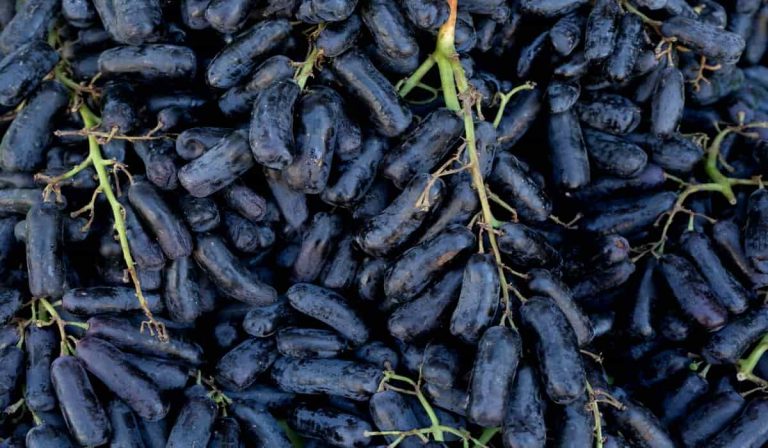
Find an area with well-drained soil that gets at least morning sun. Since grapes are vines, look for a sturdy fence or fence to grow them on.
If you have limited space, you can still plant grapes and grow them in 15-gallon pots 16 to 18 inches deep. Cut off fragile roots that have shriveled before planting.
Before placing the roots in the ground, soak them in water for at least two hours. If planting in the ground rather than in pots, space the vines 6 to 10 feet apart.
Dig a hole 12 inches deep, fill it with 4 inches of soil, and gently plant your vine into the hole. Overlap the next 6 inches of soil you placed in the hole, then fill in the final layer.
Water the vines when planting. According to the farmer’s calendar, grape vines do not need fertilization in the first year after planting. Prune grapes while sleeping. Be careful not to cut the canes, as the vines will eventually grow here.

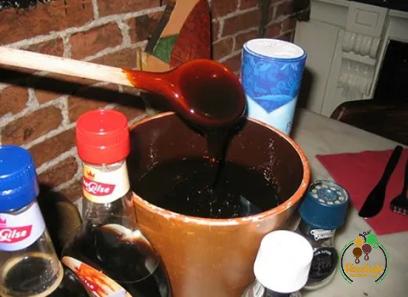
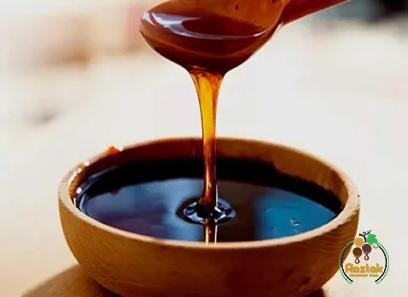
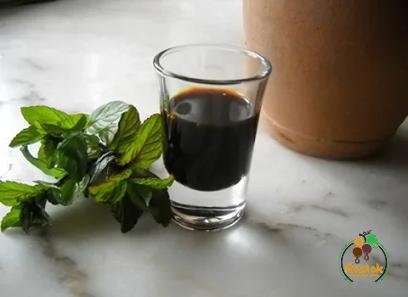
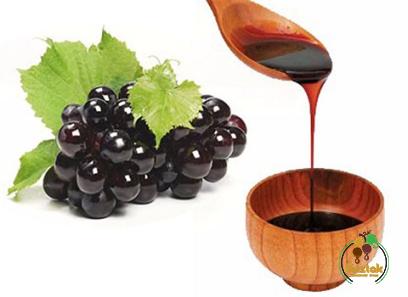

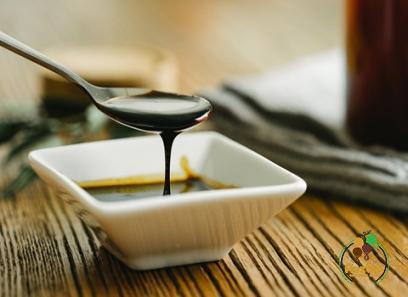
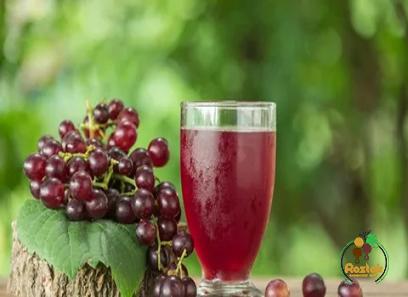
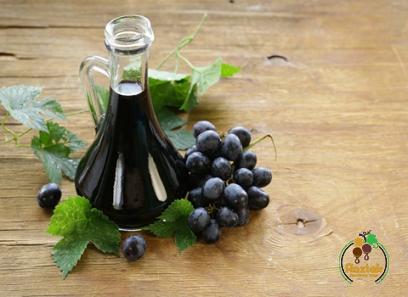
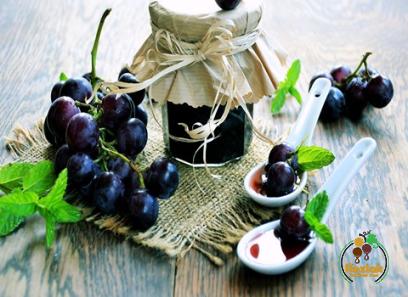

Your comment submitted.